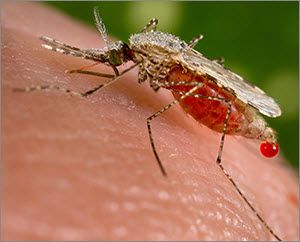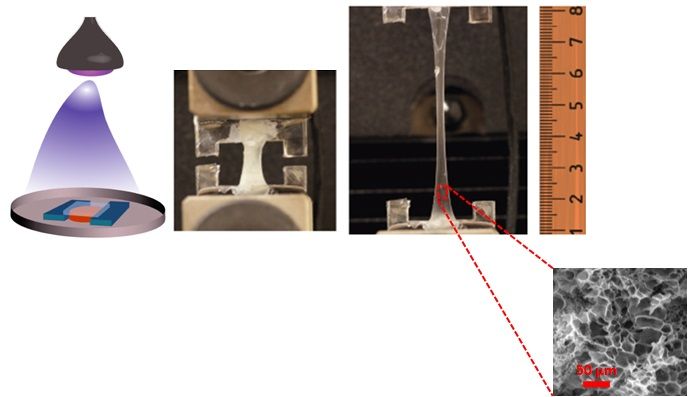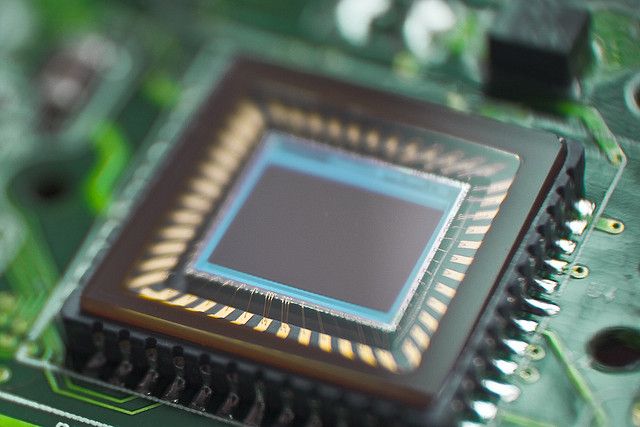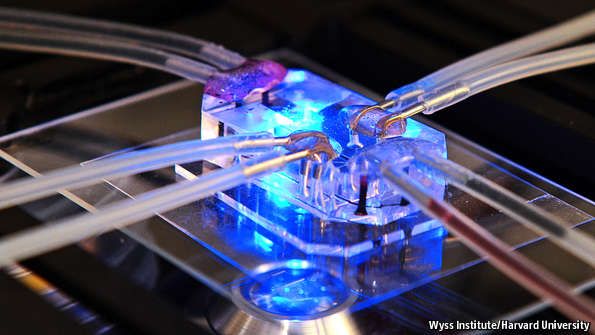Aug 12, 2015
What is biohacking? — By What’s Tech | The Verge
Posted by Odette Bohr Dienel in categories: bioengineering, transhumanism
https://soundcloud.com/whatstech/what-is-biohacking
“We have a few cyborgs on staff. Ben Popper is arguably the reporter best known for peeling back his skin to insert a piece of technology, which he chronicled in his feature, Cyborg America. But others have gone under the knife. I wanted to know why. You know, because I have crippling FOMO.”















